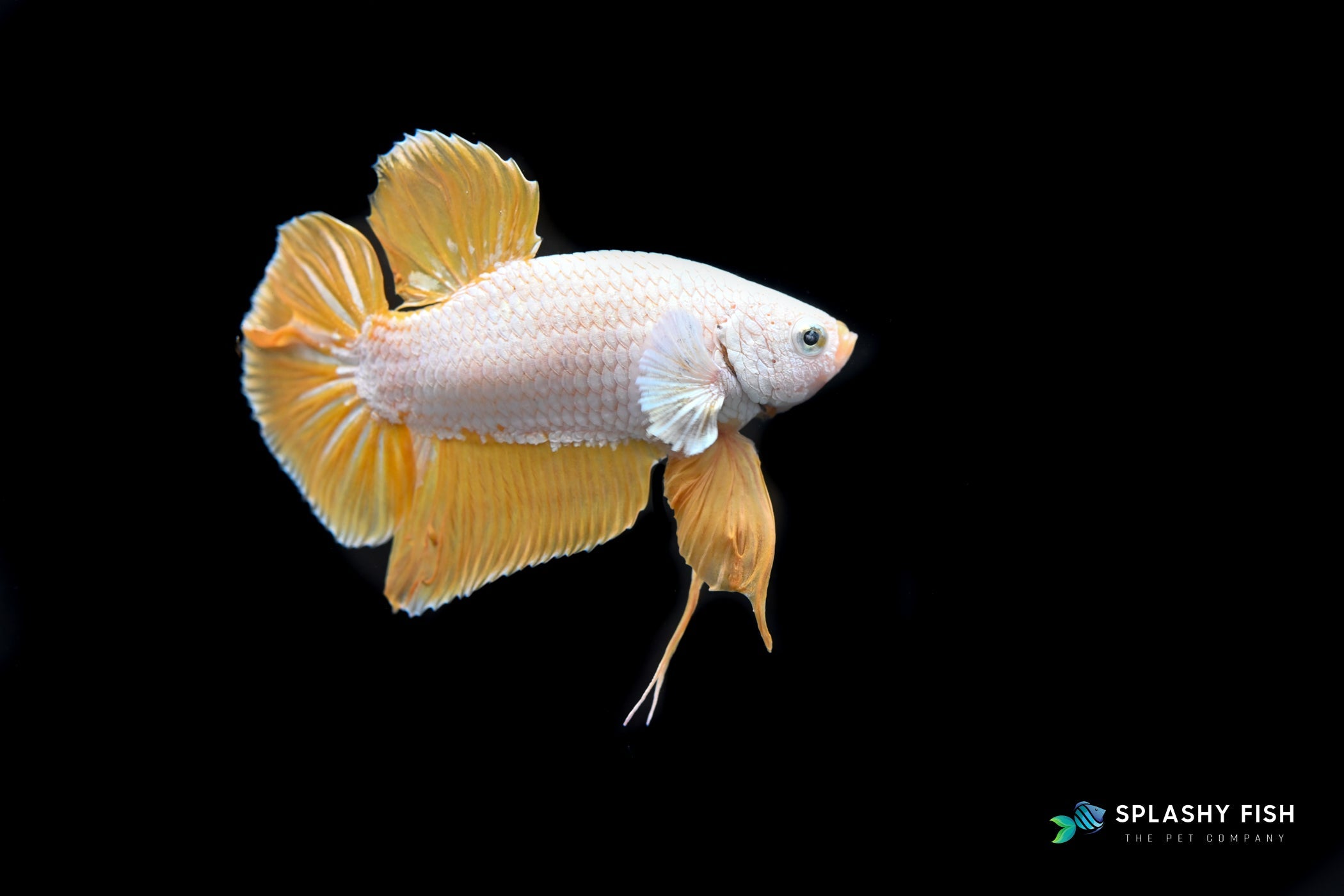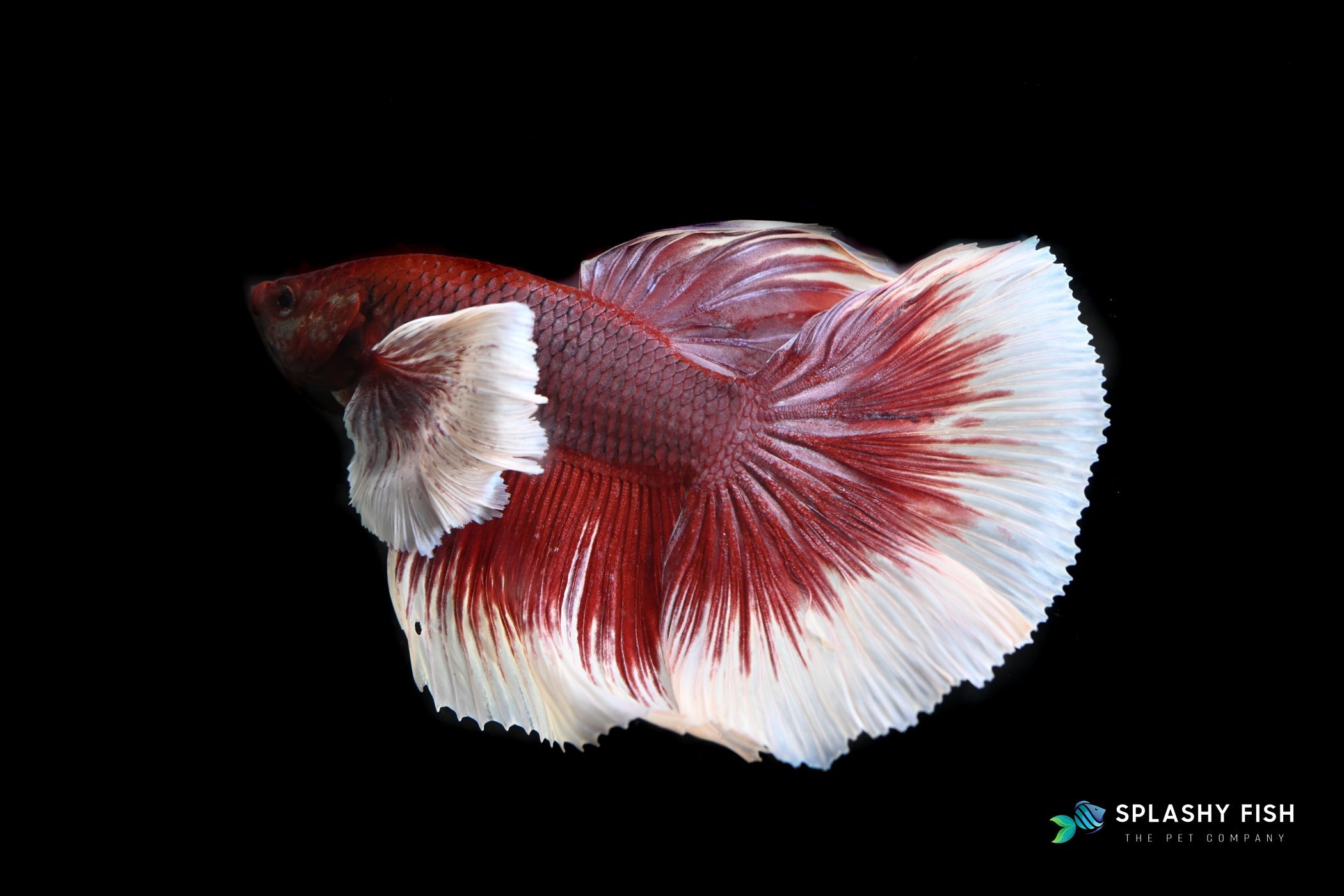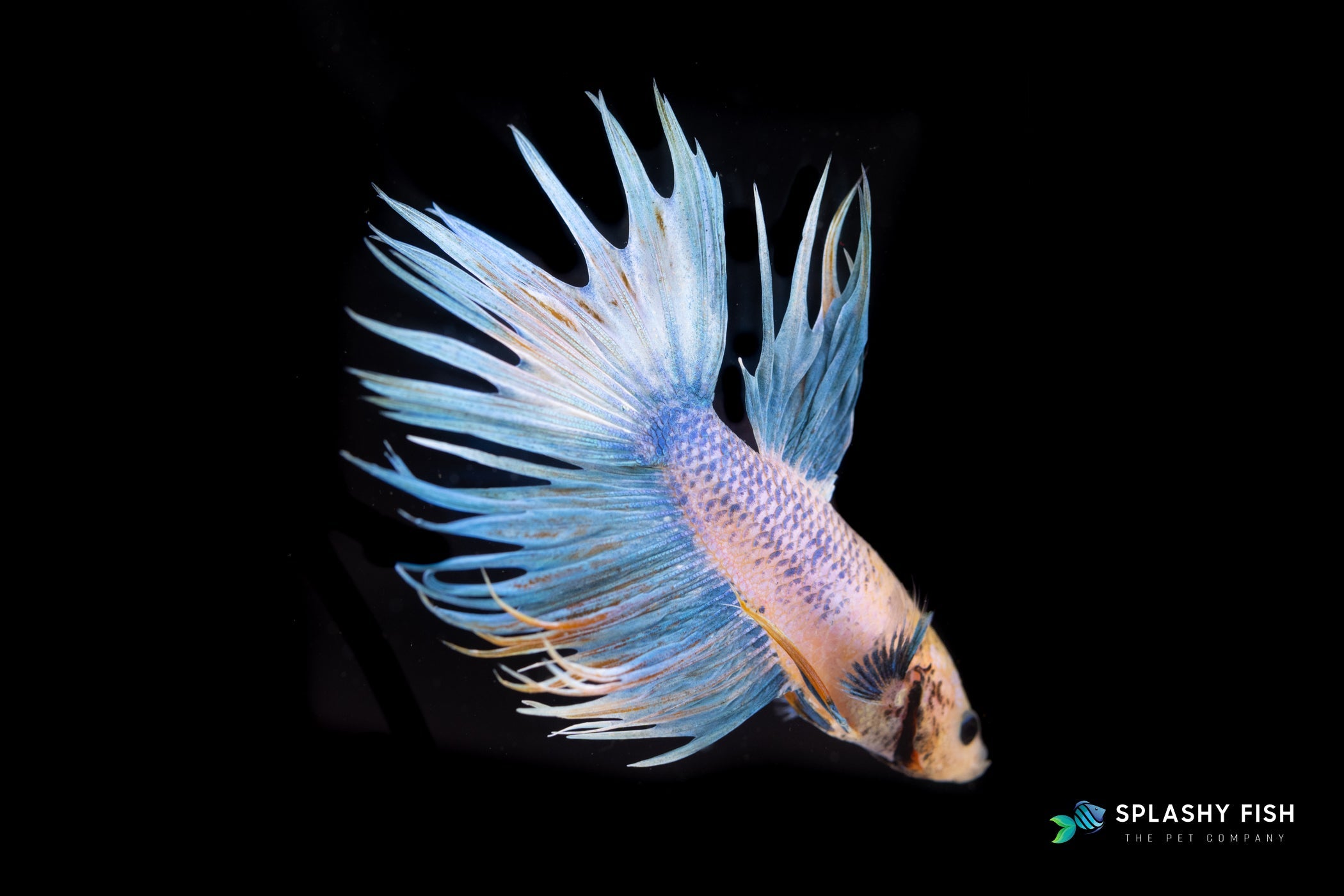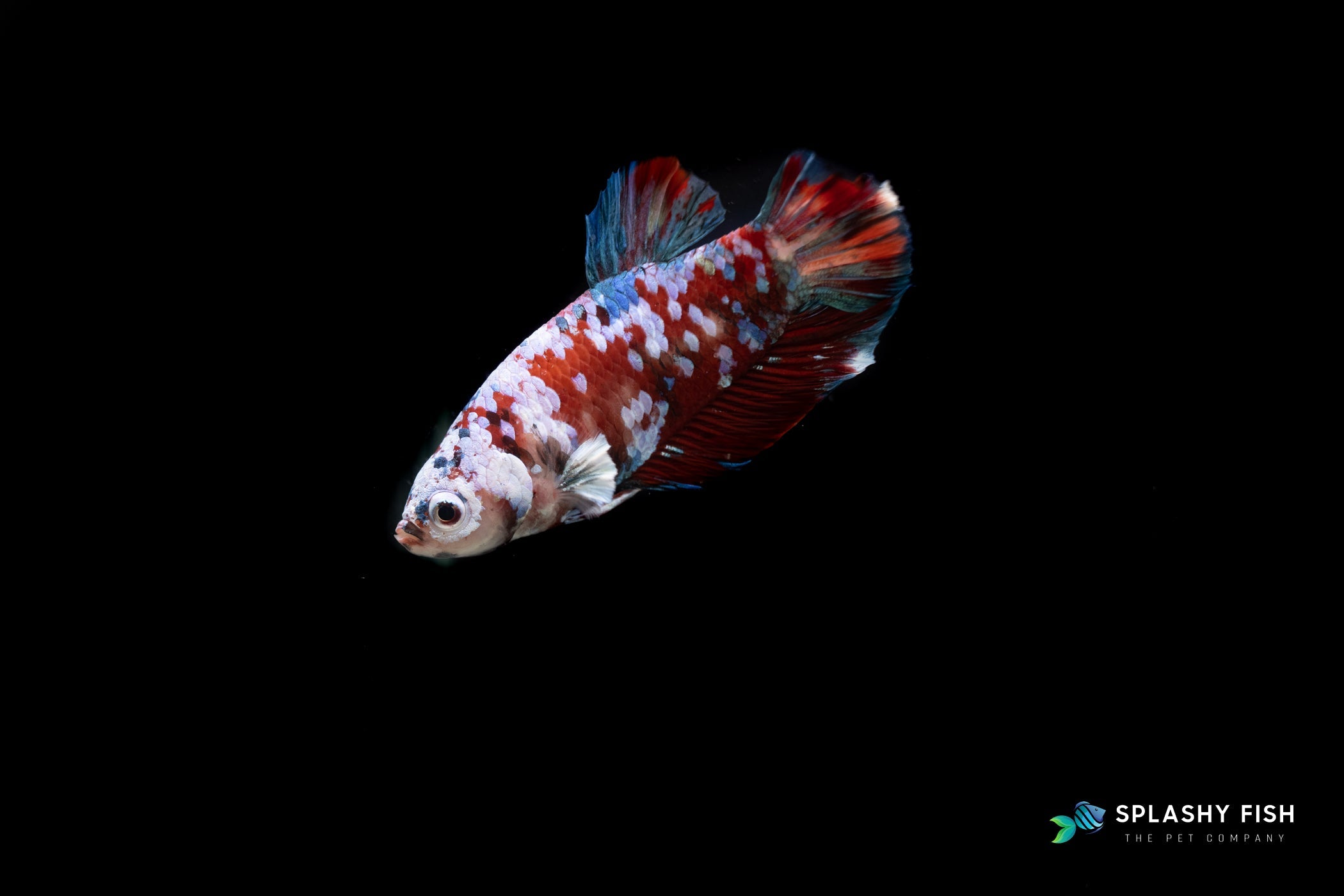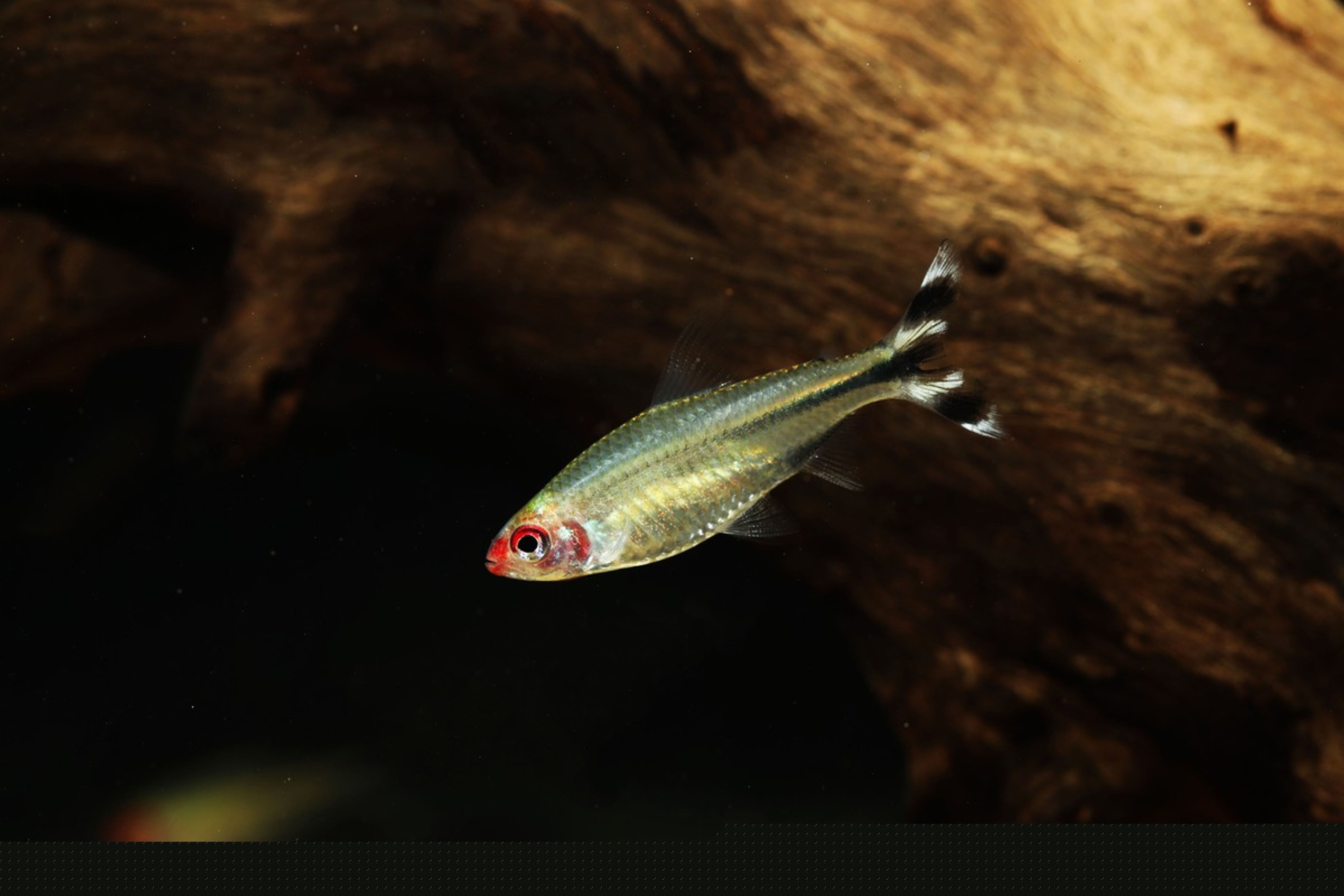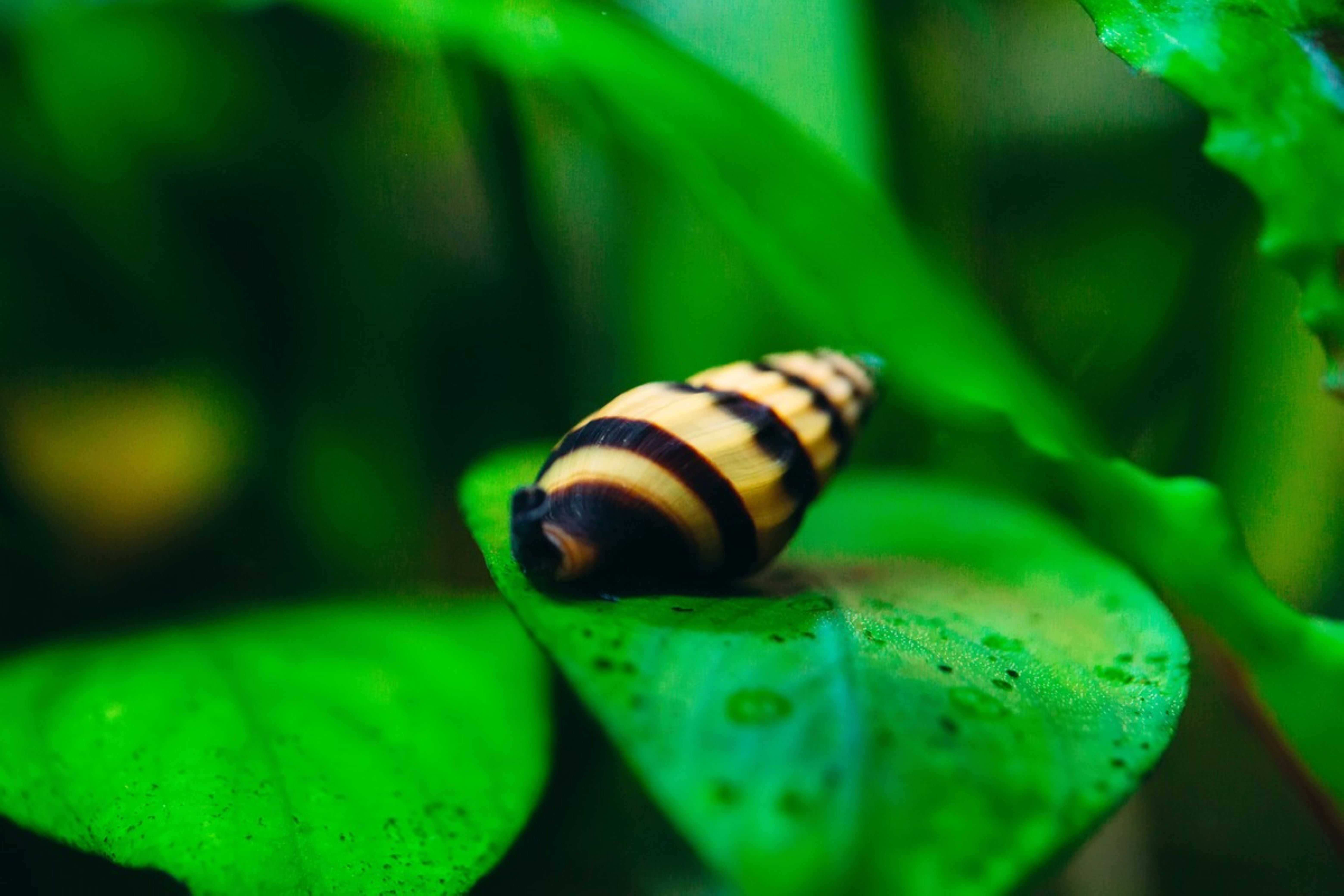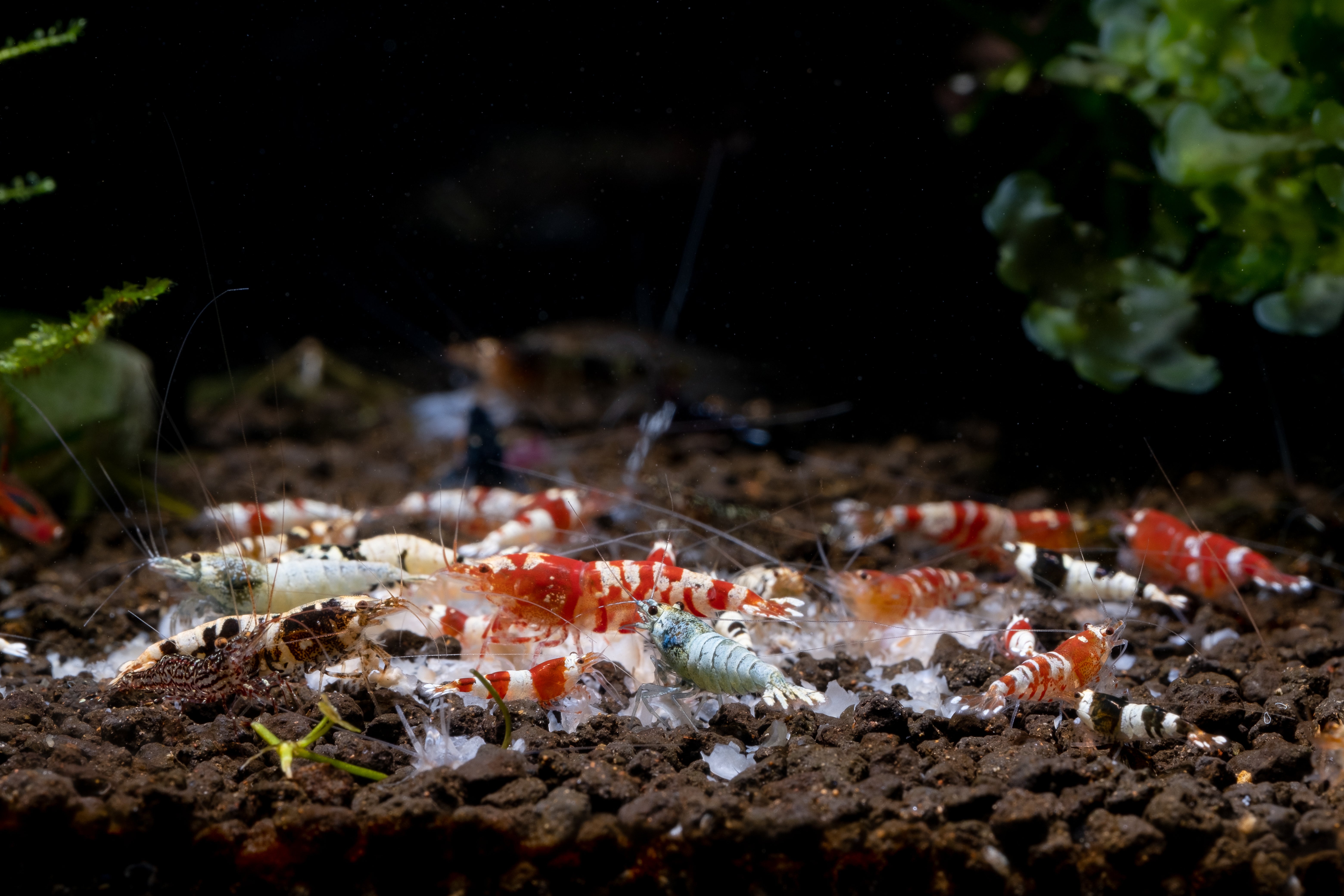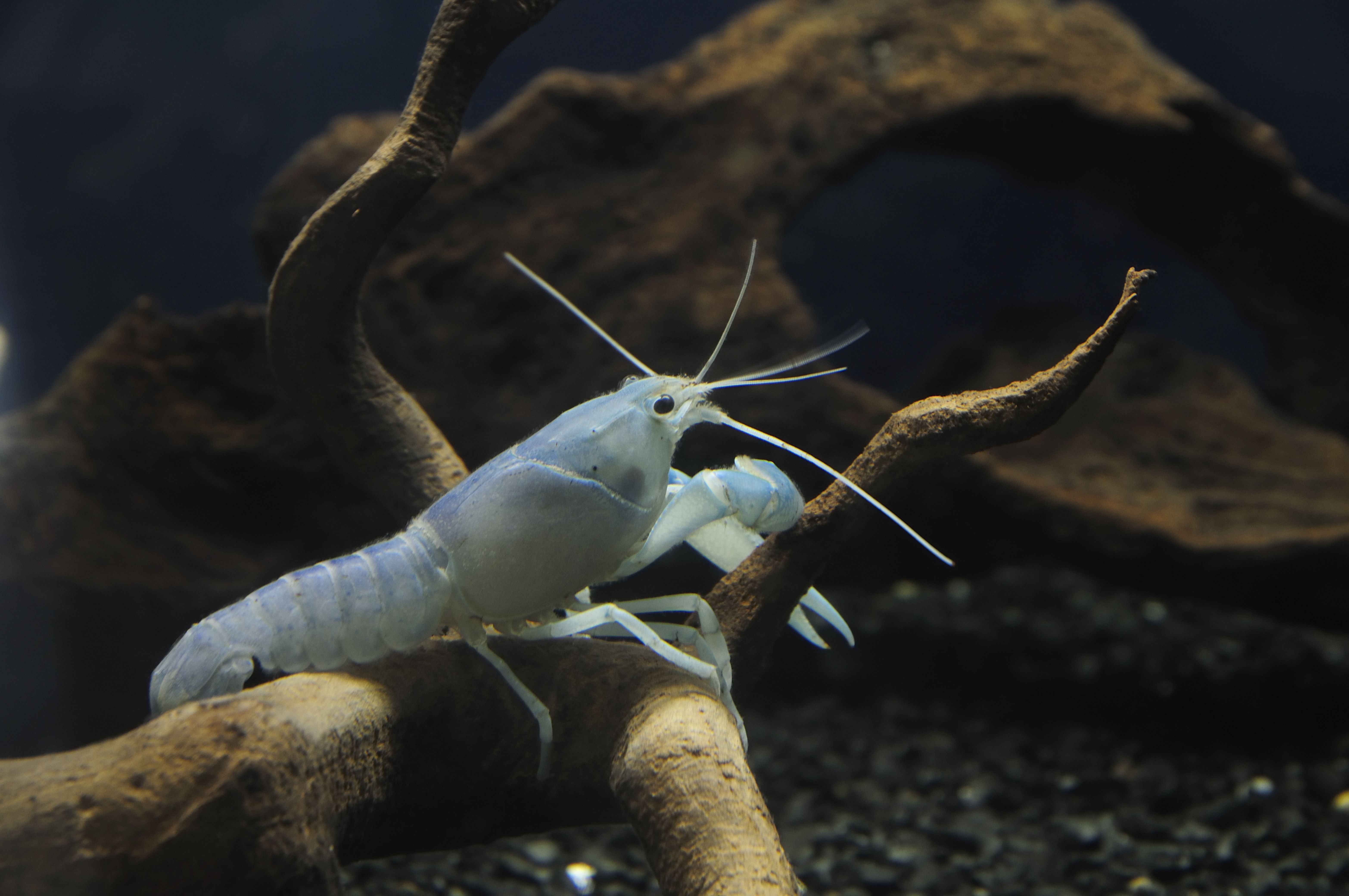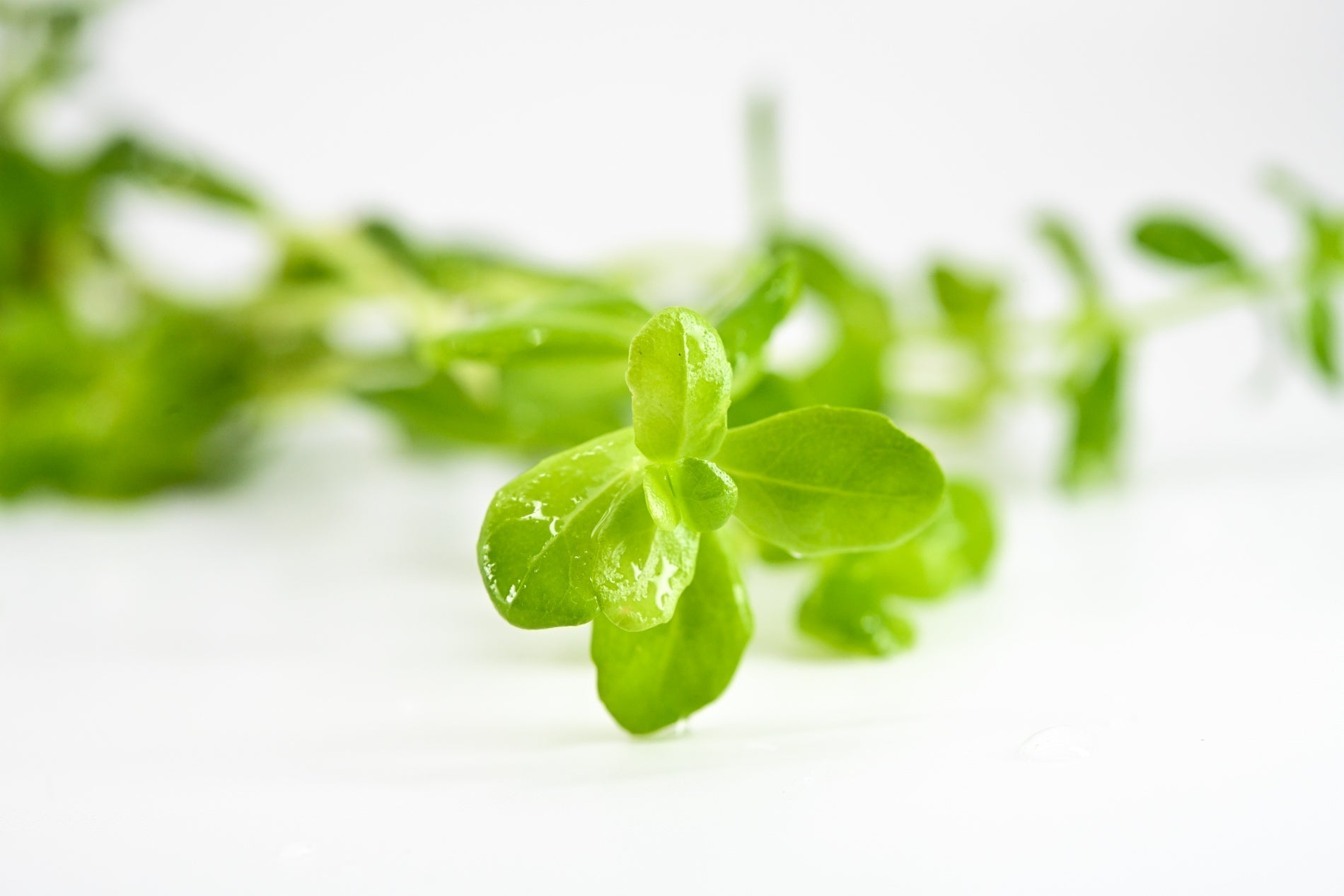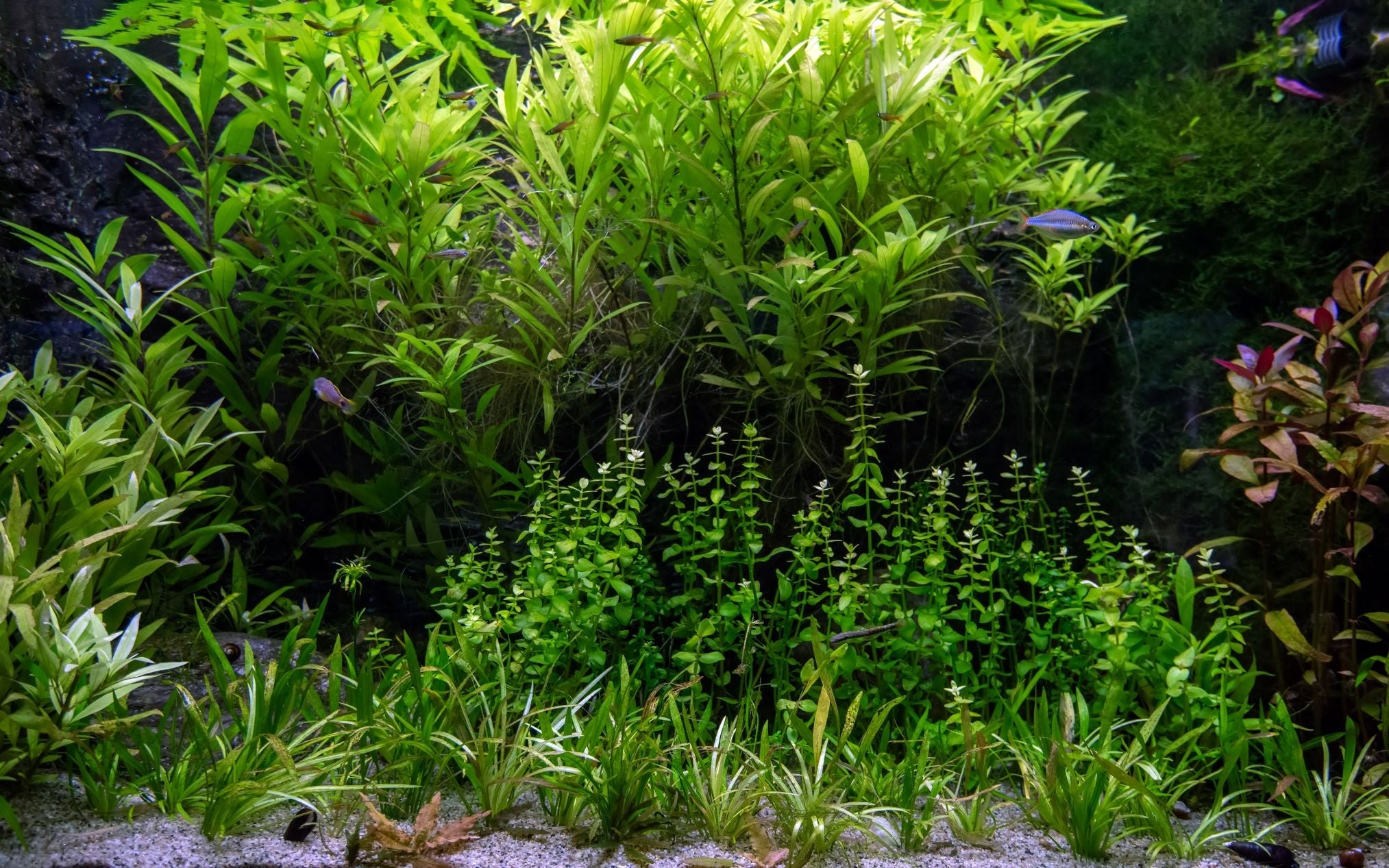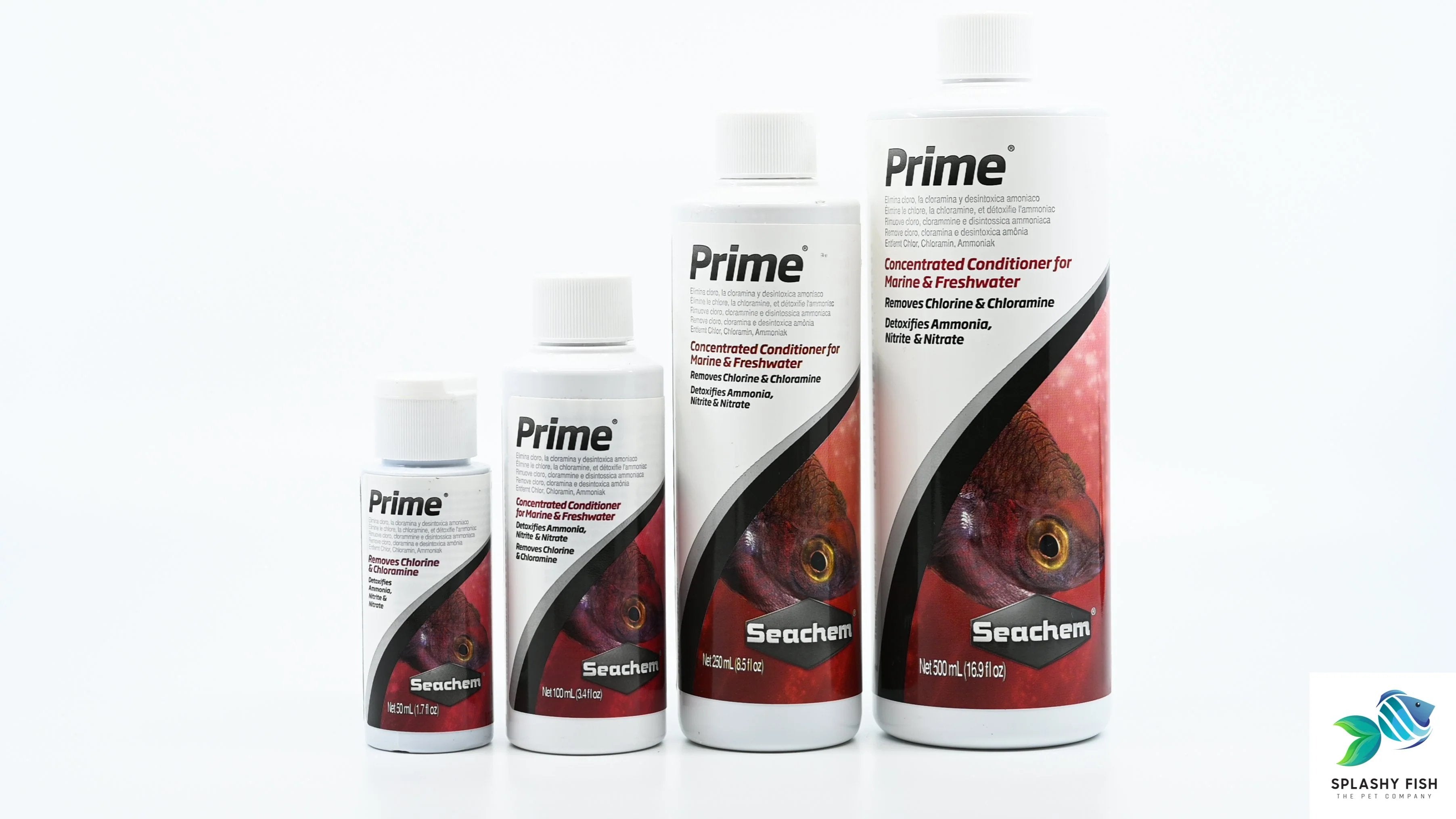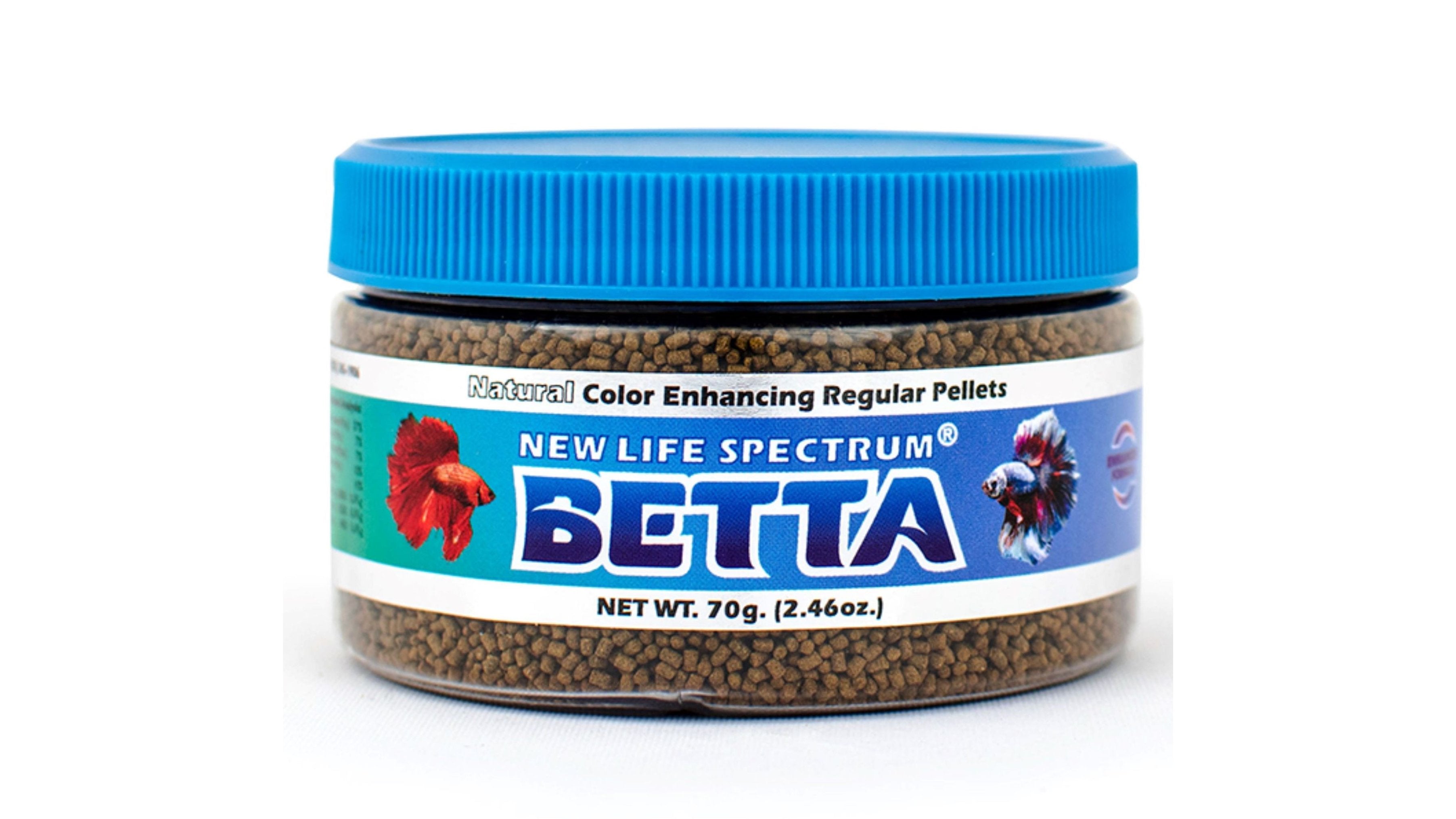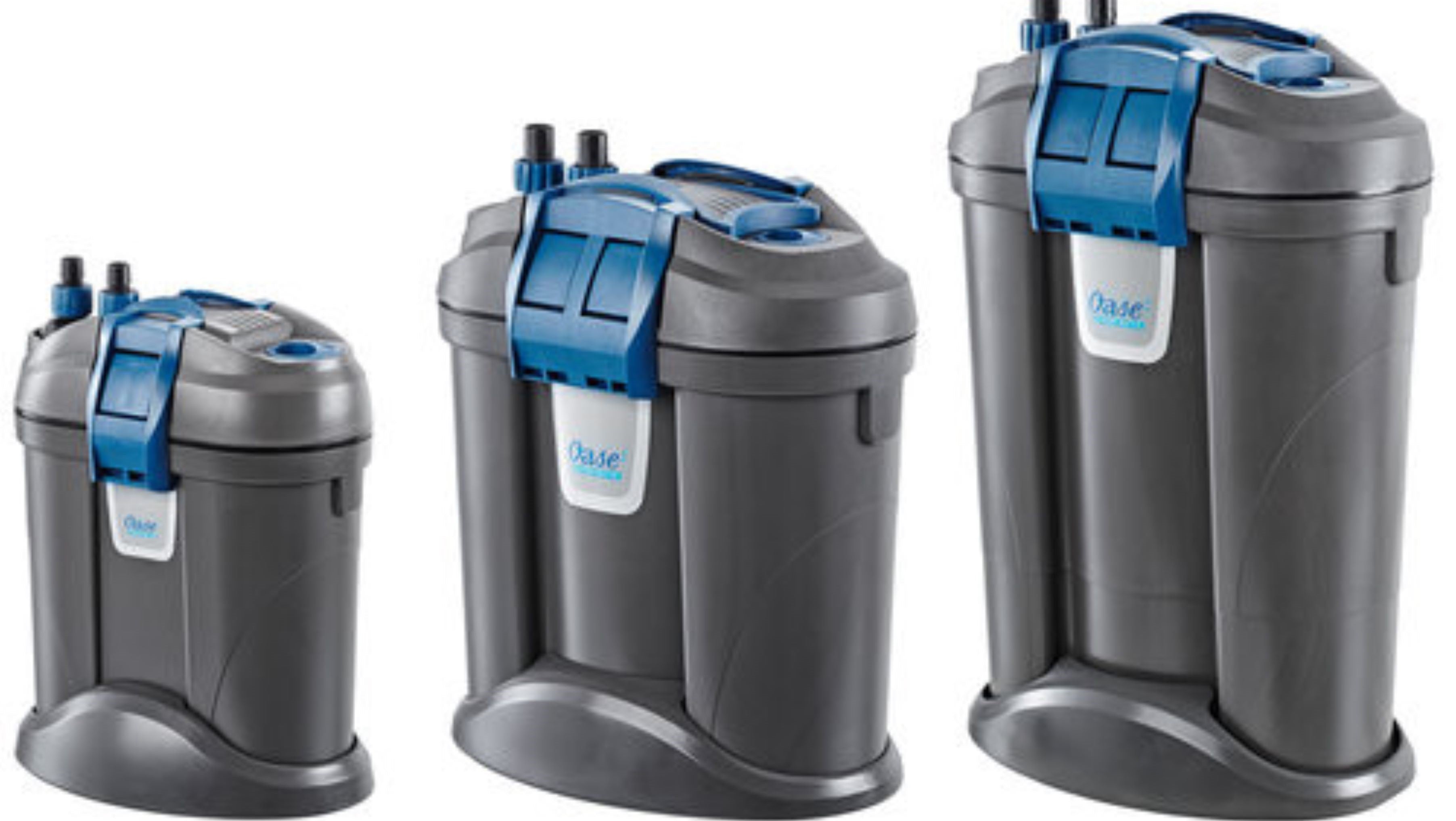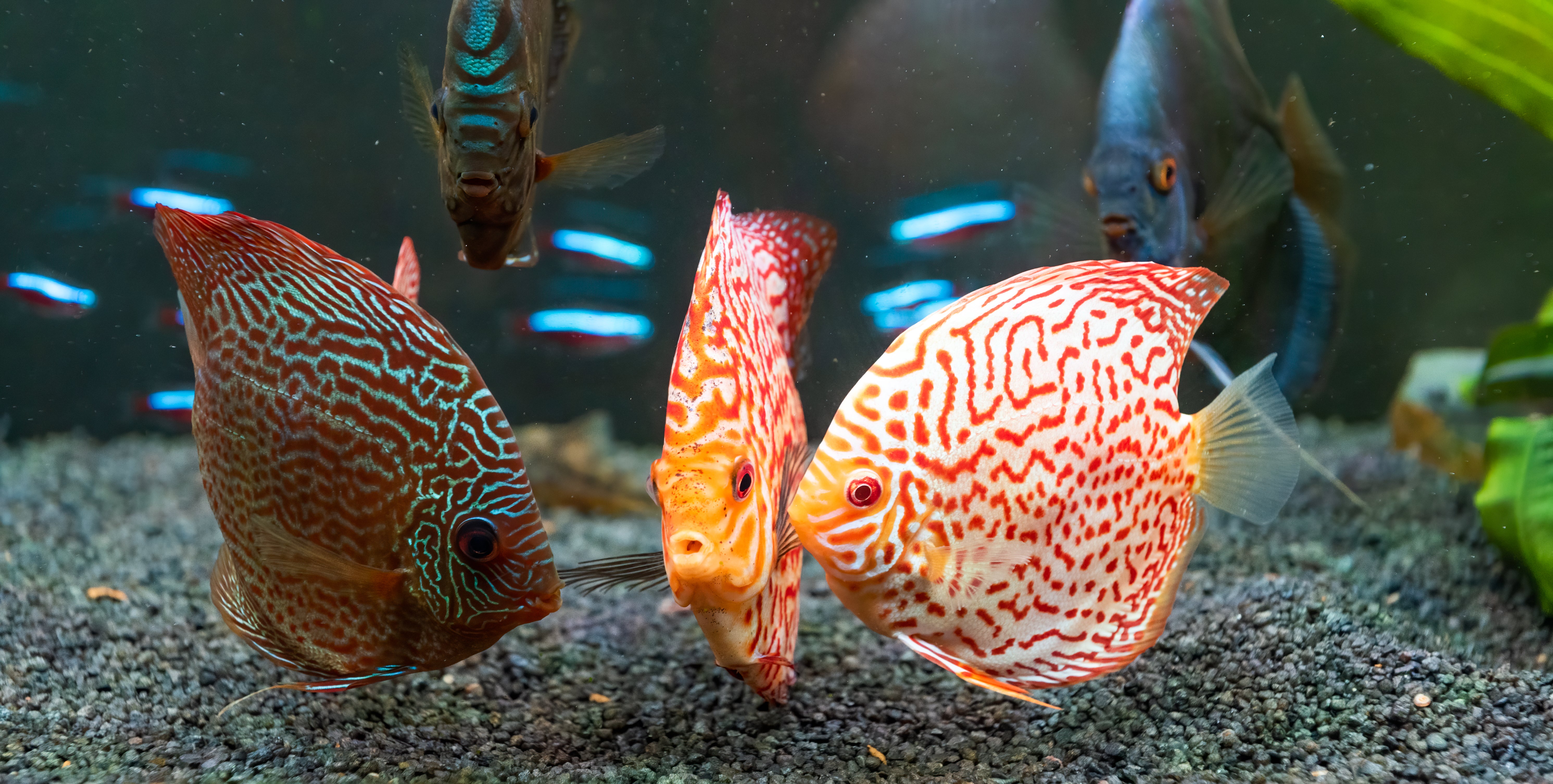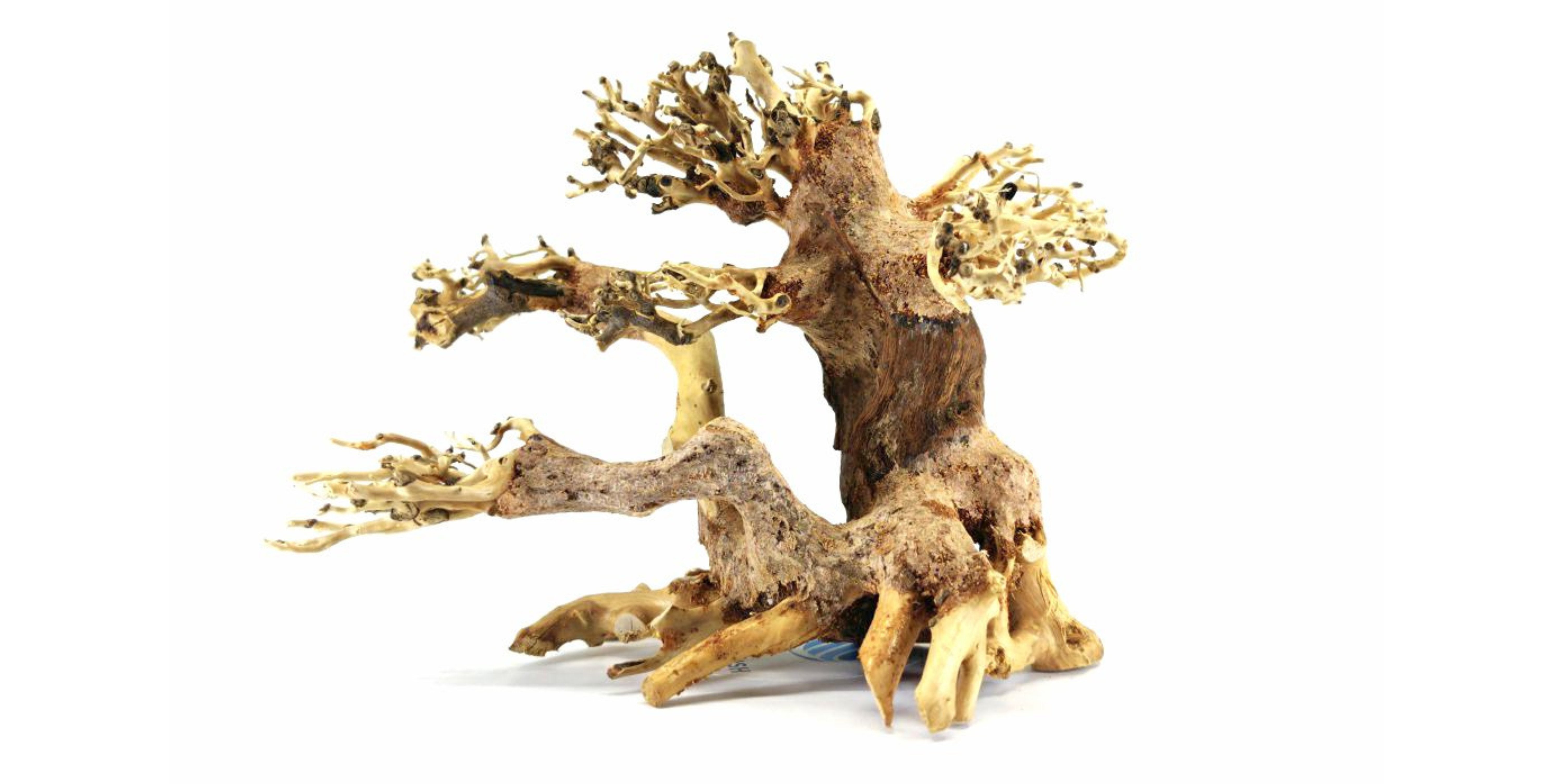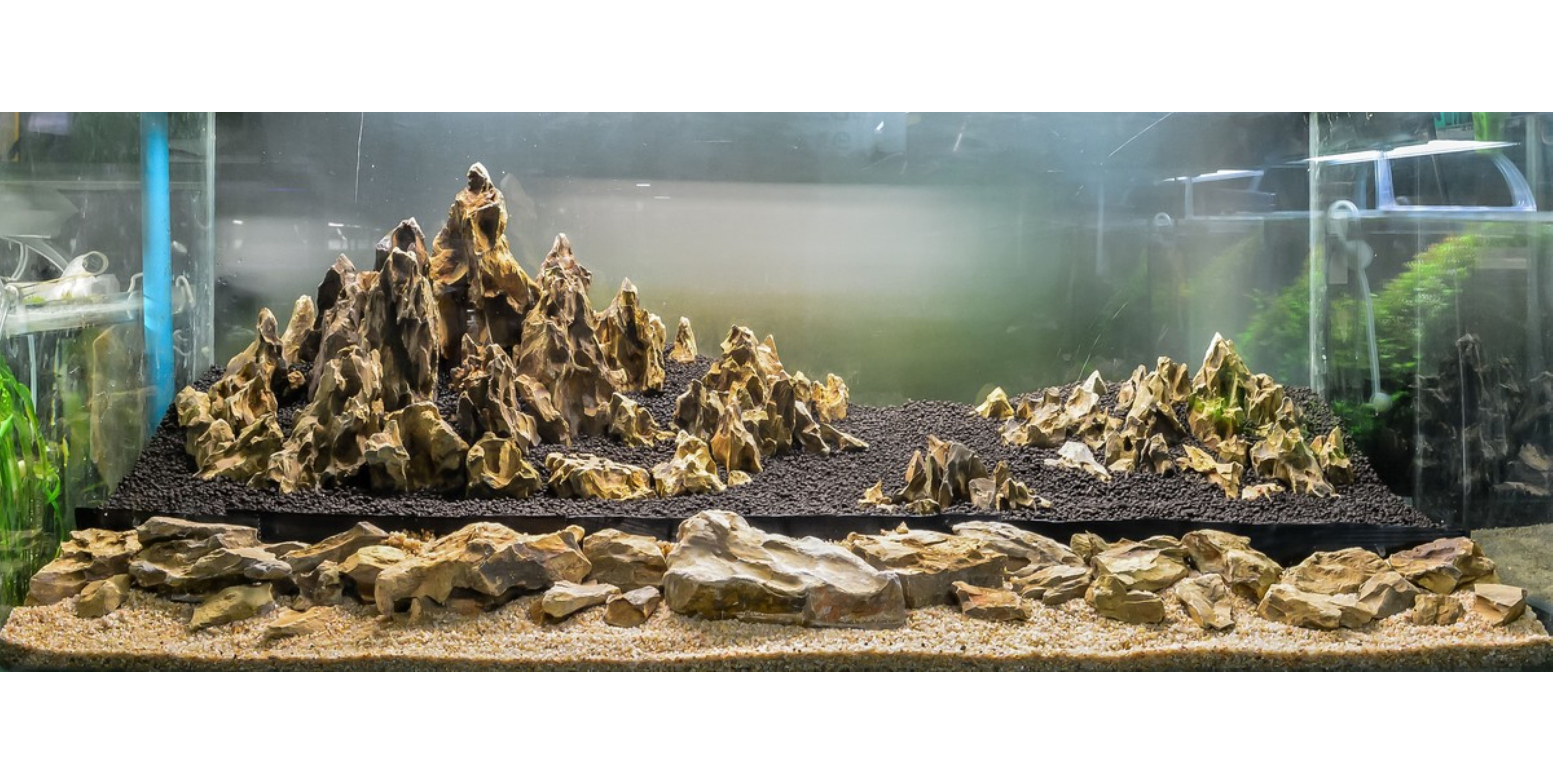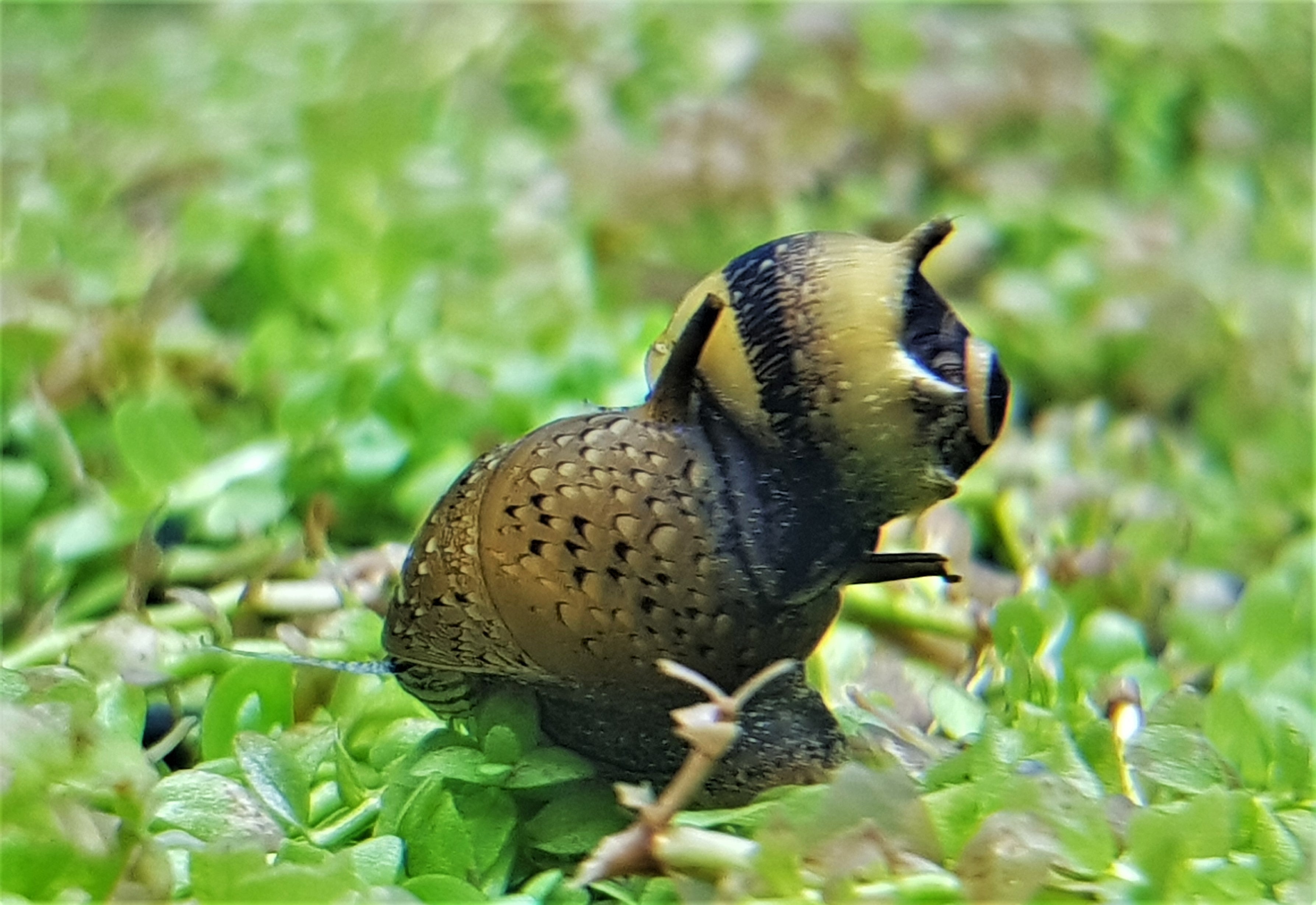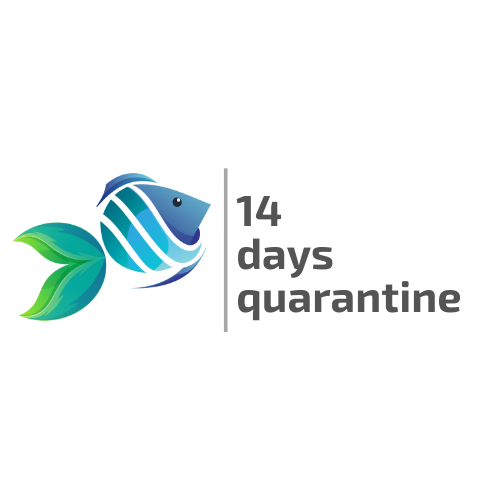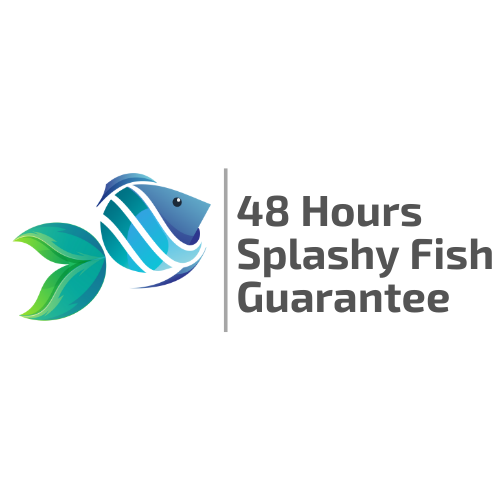Table of Contents
Welcome to the ultimate guide to horned nerite snails, where we dive into the captivating world of these unique aquatic creatures! Known for their striking shells adorned with spiky horns, horned nerite snails are not just a visual delight; they play a vital role in maintaining a healthy aquarium ecosystem. Whether you're a newbie to the aquatic hobby or an experienced aquarist, understanding their care and habitat is essential for keeping these fascinating snails thriving. In this guide, we’ll explore everything you need to know—from optimal tank conditions and diet to interesting facts that make these snails stand out in the aquatic community. Join us as we uncover the secrets behind these remarkable little snails, ensuring you have the tools to create the perfect environment for them to flourish. Get ready to enhance your aquarium experience and discover why horned nerite snails are a must-have in any aquatic setup!
Horned Nerite Snail Taxonomy
Horned Nerite Snails (Clithon corona) belong to the Neritidae family, a group known for its resilient, algae-grazing snails. Among the many nerite varieties, the horned nerite snail stands out due to its signature shell adorned with tiny, horn-like spikes. These "horns" not only make them visually striking but also offer some protection from predators. As small horned nerite snails, they are highly valued in the aquarium trade for their decorative shells and practical algae-cleaning abilities. Their unique appearance and easygoing nature make them a favorite among both beginner and experienced aquarists.
Natural Habitat of Horned Nerite Snail
In their natural environment, horned nerite snails inhabit freshwater and brackish water ecosystems throughout Southeast Asia, including countries like the Philippines, Indonesia, and Malaysia. They are typically found in slow-moving streams, rivers, and mangrove forests, where surfaces are rich with algae and biofilm. The nerite horned snail thrives best in waters with stable conditions—consistent temperatures, slightly alkaline pH, and moderate hardness. Their natural habitat provides them with abundant grazing opportunities, which is why replicating similar conditions in the aquarium is key to successful horned nerite snail care.

Behavior of Horned Nerite Snail
Horned nerite snails are active and peaceful algae-eaters. They spend their days methodically cleaning surfaces in search of food, moving slowly but steadily across glass walls, decorations, and aquatic plant leaves. Despite their tough-looking exterior, they are shy and non-aggressive. They rarely bother other tank inhabitants, making them a perfect addition to a peaceful community tank. It’s not uncommon to see a horned nerite snail scaling vertical surfaces or even "sleeping" for a day or two—a natural behavior that often worries new owners but is perfectly normal.
Another interesting behavior is their tendency to escape if the opportunity arises. They are excellent climbers, so ensuring a tight-fitting tank lid is important to prevent adventurous escapes!
Setting Up the Perfect Tank for Your Horned Nerite Snail
Tank Size
Though the horned nerite snail size maxes out at around 1 inch, they still need ample space to roam and graze. A minimum tank size of 5 gallons is recommended for a single snail. However, if you plan on keeping a community of snails and other peaceful tank mates, a 10-gallon or larger setup will be better. More space allows for better algae growth, healthier biofilm formation, and more stable water conditions.
Water Parameters
Stable water chemistry is crucial for horned nerite snail care. Aim for these parameters:
- pH: 7.0 - 8.5 (slightly alkaline)
- Hardness: Moderate to hard (8-20 dGH)
- Ammonia and Nitrite: 0 ppm
- Nitrate: Below 20 ppm
Soft or acidic water can erode their shells, leading to health problems. Regular water testing and partial water changes help maintain optimal conditions.
Temperature Requirements
Temperature plays a vital role in horned nerite snail lifespan. Keep the aquarium water between 72°F and 78°F (22°C to 26°C). Stable temperatures support their metabolism and activity levels. Avoid sudden fluctuations, which can stress the snails and make them more susceptible to diseases.
Filter
A reliable filtration system is important to keep water clean and clear. Gentle flow is preferred—strong currents can stress small horned nerite snails. Sponge filters or canister filters with adjustable flow rates are ideal choices, ensuring enough surface agitation without overwhelming these tiny grazers.
Lighting
Moderate lighting encourages algae growth, their natural food source. Using a light source that mimics daylight for about 8-10 hours a day will not only benefit your horned nerite snail but also any live plants you might keep. Ensure lighting levels are balanced to avoid excessive algae blooms.
Substrate
A soft substrate like sand or smooth gravel is ideal for horned nerite snails. Rough or jagged substrates can scratch or damage their delicate foot and shell. Providing rocks and driftwood further enhances grazing areas and mimics their natural habitat.
Horned Nerite Snail Feeding or Diet
Horned nerite snails are efficient natural cleaners, feeding primarily on algae, biofilm, and detritus. In a well-established tank, they can often find enough food naturally. However, in newer or exceptionally clean tanks, supplemental feeding is essential. Suitable foods include:
- Algae wafers
- Blanched vegetables like spinach, zucchini, and lettuce
- Commercial snail diets
- Calcium-rich foods to support shell health
Avoid overfeeding, as uneaten food can degrade water quality. A healthy diet extends the horned nerite snail lifespan and keeps their shells in pristine condition.
Horned Nerite Snail Breeding
Nerite snail breeding in home aquariums is rare. Although you may find horned nerite snail eggs laid on hard surfaces like glass, driftwood, and rocks, hatching typically requires brackish water conditions (a mix of fresh and saltwater). In freshwater aquariums, the eggs will not hatch, which helps control their population naturally. The breeding process in the wild involves complex larval stages in saline waters, making it nearly impossible to replicate in typical freshwater tanks.

Ideal Tank Mates for Horned Nerite Snail
Horned nerite snails coexist peacefully with many aquatic species. Ideal tank mates include:
- Peaceful community fish like guppies, platies, and green neon tetras
- Freshwater shrimp species such as Amano shrimp, Red Cherry shrimp, and Ghost shrimp
- Other snails like mystery snails and Malaysian trumpet snails
- Otocinclus catfish and Corydoras catfish
Avoid aggressive or snail-predatory species like bettas (with exceptions), puffers, loaches, and large cichlids, which might nip at or eat the snails.
Live Plants and Decorations to Enhance the Horned Nerite Snail Tank
Adding aquatic plants greatly benefits horned nerite snail care. They provide natural grazing surfaces and contribute to better water quality. Recommended aquarium plants include:
Decorative driftwood and smooth stones not only enhance the aesthetic appeal but also encourage natural foraging behaviors. Make sure all decorations are snail-safe, with no sharp edges that could harm their shells
Conclusion
Horned nerite snails are the perfect combination of beauty and utility for any freshwater aquarium. Their small size, unique spiked shells, efficient algae-cleaning abilities, and easygoing nature make them a joy to keep. By understanding horned nerite snail care essentials—from tank setup and diet to compatible tank mates—you can ensure these remarkable creatures live a long, healthy life. If you're looking for a low-maintenance, eye-catching addition to your tank, the horned nerite snail is an unbeatable choice. Visit Splashy Fish tropical fish store to buy the highest quality of Horned Nerite Snail for sale and other Nerite snails for sale online or at our aquarium store in Virginia for aquarium products such as freshwater fish for sale, freshwater shrimp for sale, aquarium plants for sale, and aquarium supplies.
Horned Nerite Snail Care Frequently Asked Questions (FAQs)
Can Horned Nerite Snail live with Betta?
Yes, horned nerite snails can live with bettas, but with caution. While many bettas ignore snails, some curious or aggressive bettas may nip at them. It’s important to provide plenty of hiding spots and monitor interactions closely. Choosing a betta with a calmer temperament improves the odds of peaceful cohabitation.
What is Horned Nerite Snail lifespan?
The average horned nerite snail lifespan is between 1 to 2 years in optimal conditions. Factors that contribute to a longer life include maintaining proper horned nerite snail temperature, offering a balanced diet, and ensuring clean water quality. Some hobbyists report snails living up to 3 years under excellent care.
What is the biggest size of Horned Nerite Snail?
Horned nerite snail size typically maxes out at about 1 inch (2.5 cm) in diameter. While they remain small, their intricate and unique shell patterns—combined with their signature "horns"—make them standout residents in any freshwater tank.


